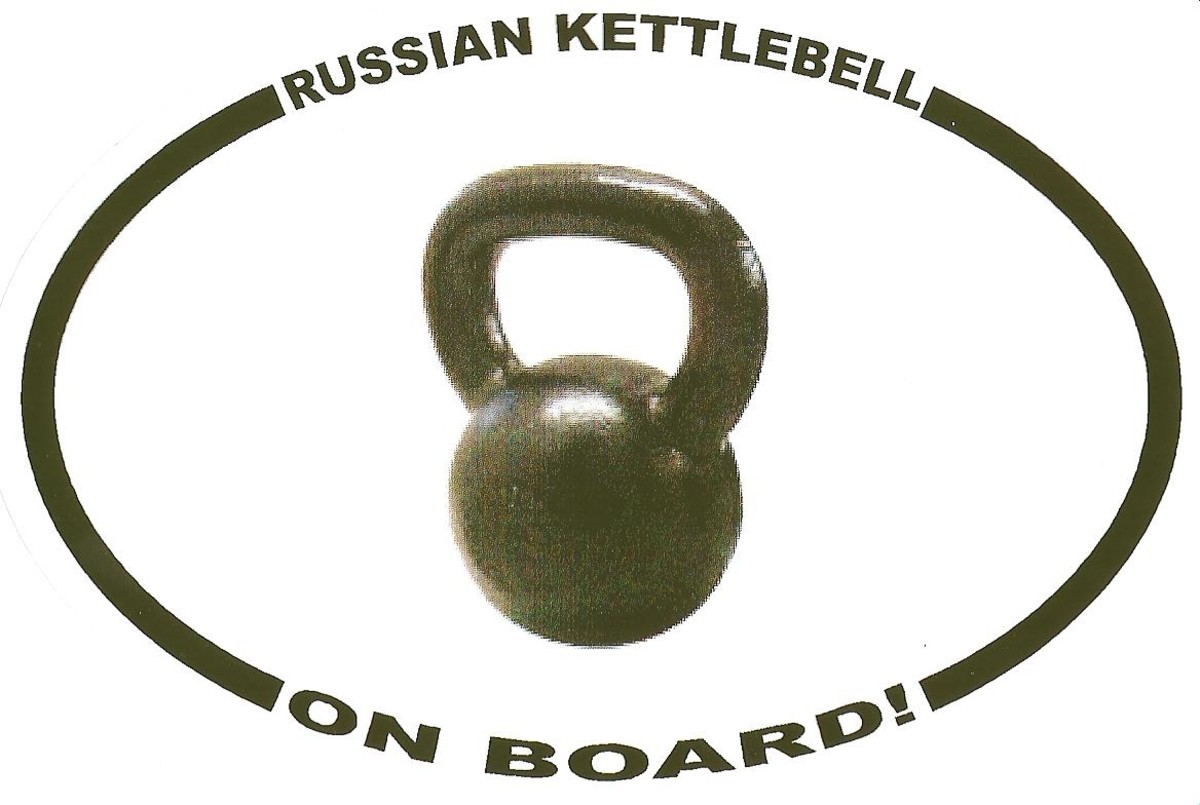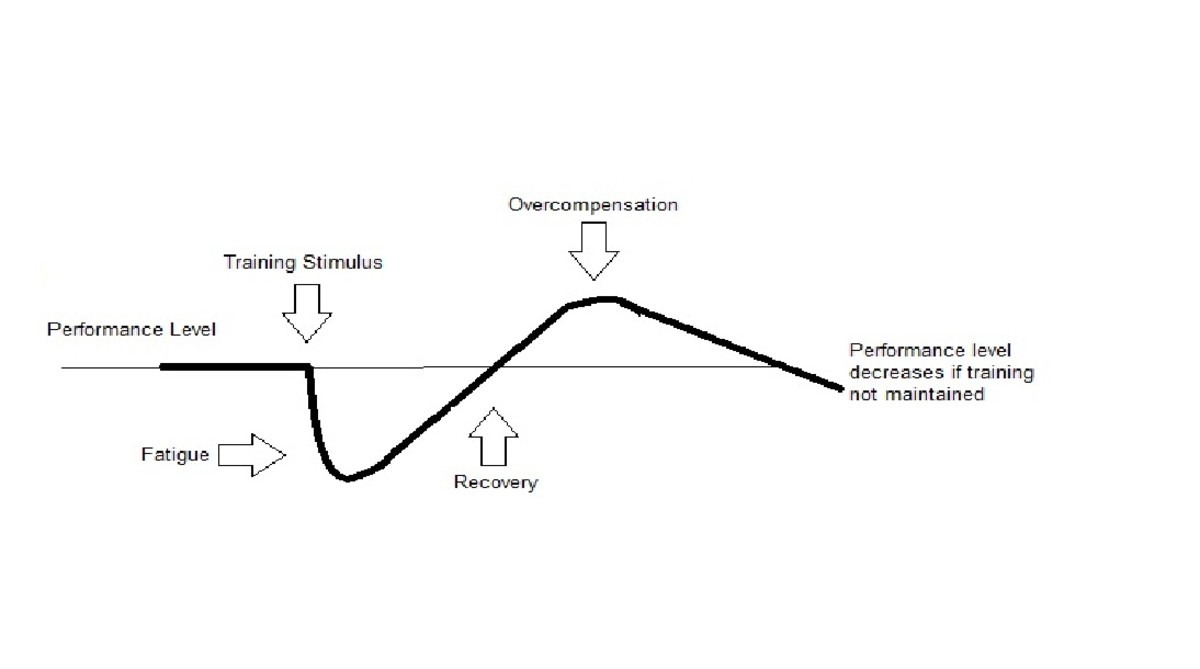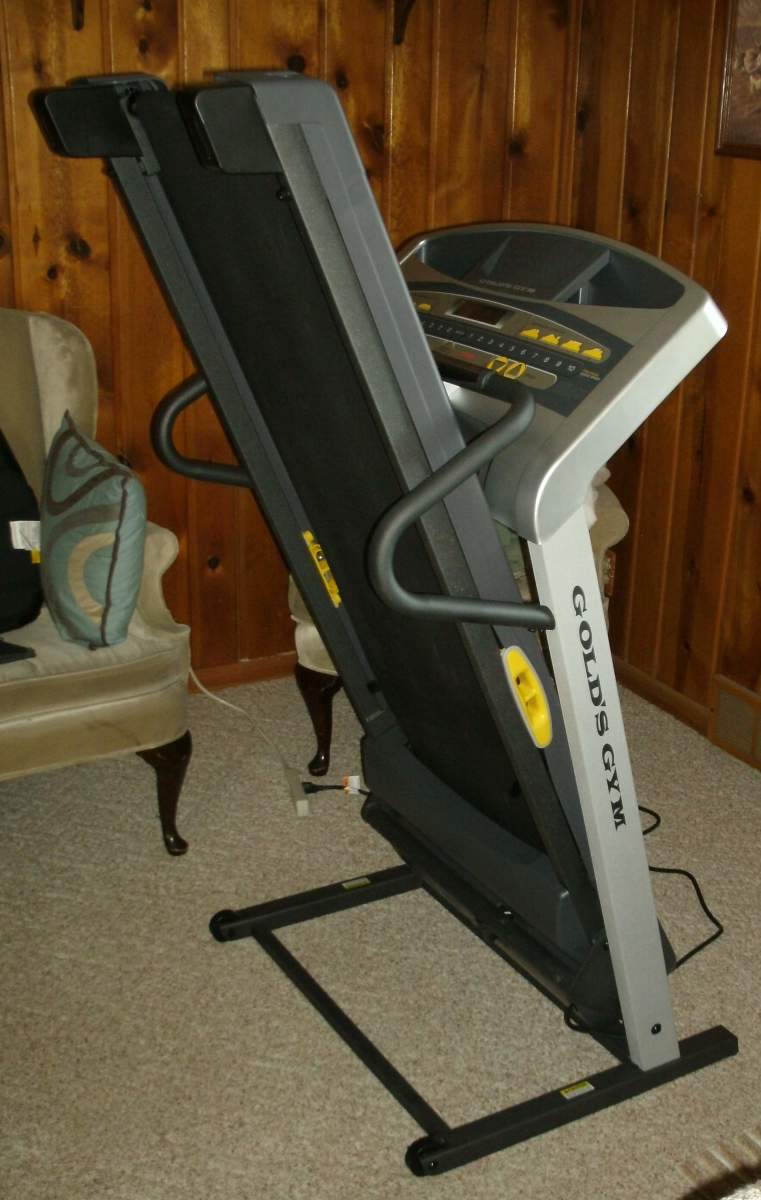Successful strength & conditioning programs | The 3 things that matter most!
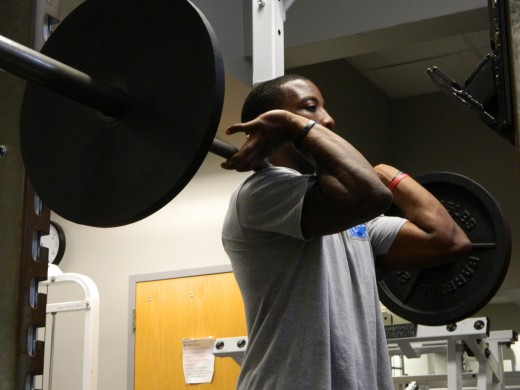
Whether you coach or compete in high school or college athletics; you probably know that strength & conditioning is important. There is no shortage of scientific evidence that agrees with you there. In fact, strength & conditioning has become so relevant, that just a few years ago, the NCAA mandated that all division I colleges and universities hire certified strength & conditioning professionals.
Unfortunately, that same policy has not yet been extended to lower level universities and high schools. Which puts immense stress on coaches and athletes to devise and implement their own fitness programs. And if you don't know what you're doing, it can be an incredibly daunting task coming up with all of the right answers. So, before you sit down and put pen to paper trying to write up a plan that will work. It's very important to understand a few basic practices and very important principles, that have guided every successful training program ever made.
Test your strength & conditioning knowledge
view quiz statisticsIf you test them, they will come!
First things first, the most important thing we need to talk about (in terms of designing the program), is performance testing. You can have the greatest workout program in the world, but if you never measure the results of the work you put in, how will you know if it’s working or not?
So, the first step before anything else, is to formulate a list of about 6-8 tests that will measure critical aspects of performance important to your sport. Here is a sample performance testing protocol for baseball, or any other predominantly strength and power driven sport:
- Height and weight
- Vertical jump (power)
- T-Test (speed and agility)
- 1 rep max squat (lower body strength)
- 1 rep max bench press (upper body strength)
- 60 meter shuttle run (anaerobic capacity)
Once you've got your tests selected, mark test dates down in your calendar about every 6 weeks and make sure you stick to the plan. You can't underestimate the impact of accountability. Just think about the last time you had a deadline that you knew you had to meet. You most likely spent a considerable amount of time in the weeks before, preparing and planning to succeed. Having testing dates in your calendar and in a place where athletes can easily see them will produce the same result. Not only will they show up for team workouts, they will be intrinsically motivated to work harder, in order to see their numbers improve.
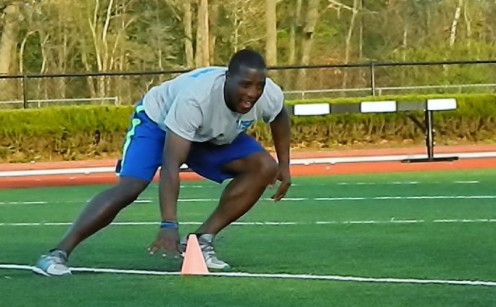
Change the program & avoid the plateau!
Once you have set the foundation with a solid framework of measuring performance, you can start to develop the program and its phases. Yes that’s right, phases! Which brings me to my second very important point: If your weight training and conditioning program doesn’t change every 4 or 5 weeks, it not worth the paper it’s printed on. Very long periods of time without any program changes will cause athletes to plateau - and not to mention are incredibly boring.
There is no question that progressive overload is the primary driver behind improvements in performance. If the program is too easy or hasn't been modified in a long period of time, the athlete will adapt and require a greater stimulus. On the other hand, if the program is too hard for too long, the athlete will likely experience excessive overload and a decline in performance.
It's critical that athletes are trained progressively by regularly manipulating training phases and building in unloading periods to prevent over-training. Here is a perfect example of how to manipulate training phases over a 12-week period for athletes:
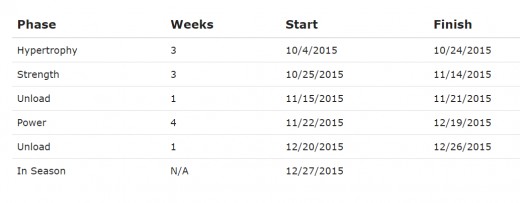
As you can see, each phase has its own training priority and the longest one is only 4-weeks long! Designing your programs this way will keep athletes progressively moving towards better performance and make sure they look forward to working out.
Now for the hard part!
Finally, the name of the game is “commitment.” Everything you've read up to this point is great and you have probably learned a few things. But without commitment - nothing else matters.
Like I said, the reason we test is to get tangible results that can be used as motivation. Also, by updating the program regularly, you can keep working towards improvements and maintain interest in the program. But, you can have the best program in the world and if no one follows it - it won’t get results. On the flip side, you can have the worst program in the world, but if athletes follow it to the tee - it’s going to get results.
So, my final point is that, you “the coach” or “team captain” need to be at the helm of developing a winning culture, especially in the off-season. Think about it, most athletes prepare to compete more months out of the year than they actually spend competing! And if the first time the team gets fired up is on opening day...you've already lost.
Instead, athletes should be motivated to compete with each other and themselves all throughout the off-season. That way, when the season finally comes, they are unified from day one and way ahead of the game. There are several things that can be done to motivate athletes and if you're trying to build a championship team; you can't afford to hang back in the shadows and wait for the magic to happen.

Just to recap:
-
Step 1: Create an awesome strength & conditioning program that frequently changes and is measured consistently by actual hard numbers.
-
Step 2: Drive that program like you’re preparing for the playoffs. Because, in actuality, that’s exactly what you’re doing.
Building a winning culture starts in the off-season and if you’ve been looking for something that will improve your team, hopefully you just found it!
To your success!
Brian Reynolds MS., CSCS
Owner | Thunder Sports & Fitness
About the author:
Brian has been in the Strength & Conditioning industry for 10 years. He formerly served as the strength coach for Southern Connecticut State University where he developed and implemented annual fitness programs for eleven NCAA Division II teams. Coach Reynolds has also worked with a handful of elite level athletes who have gone on to have careers in the NBA, NFL, North East Olympic Development Academy, Professional Indoor Football League and the National Women's Soccer League.

